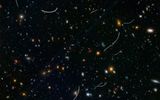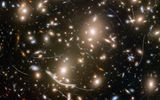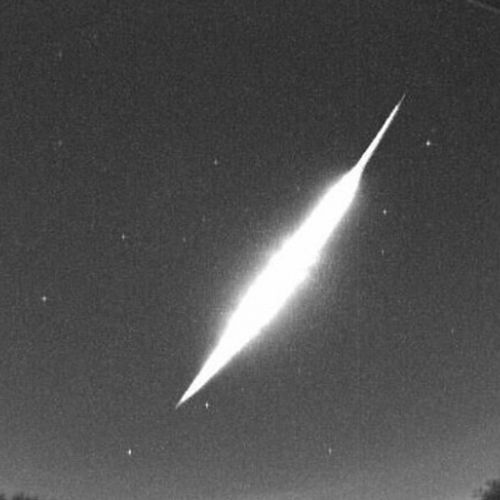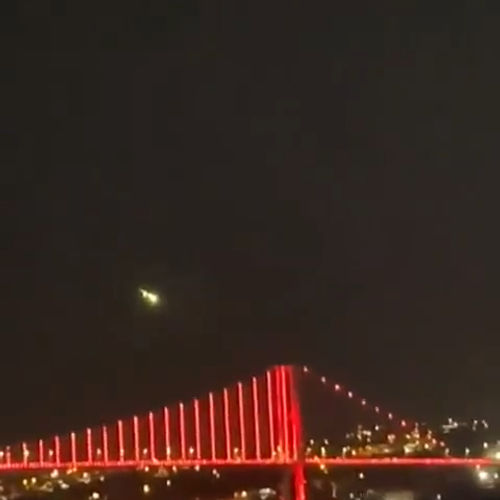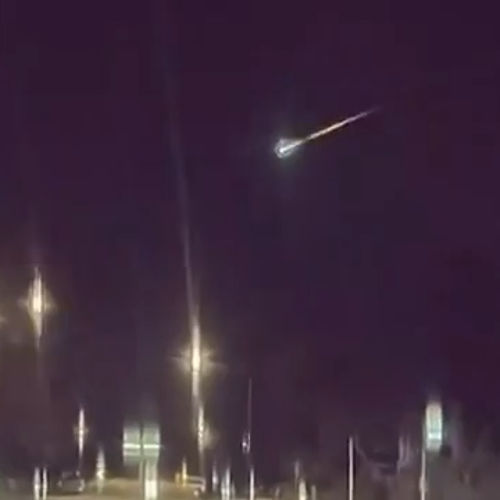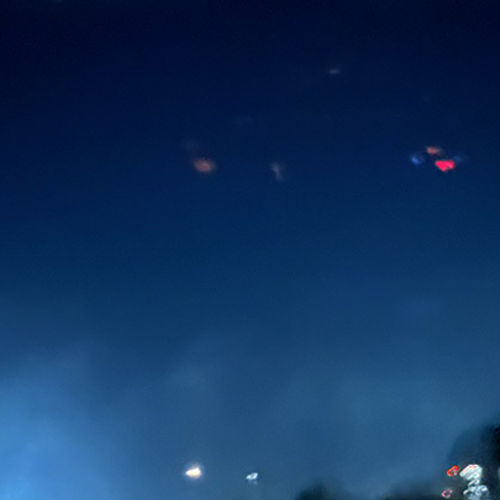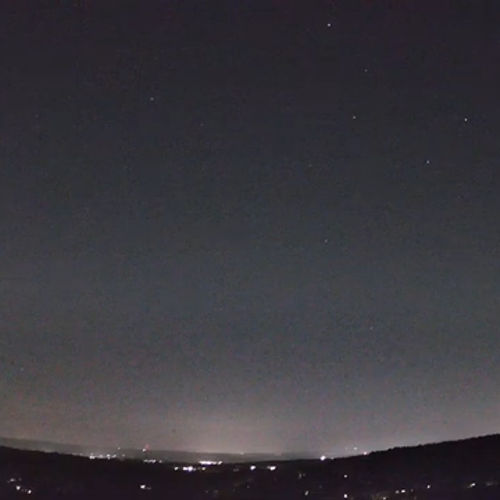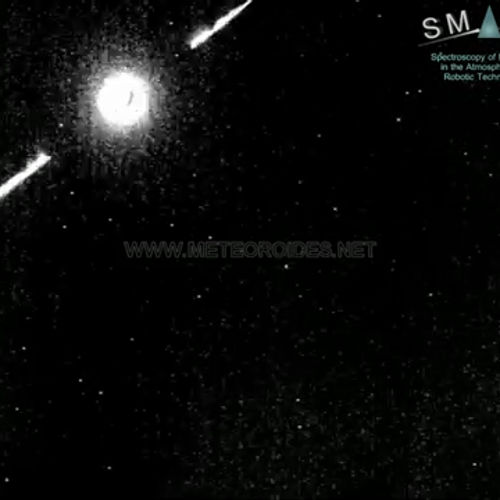
| Added | Mon, 06/11/2017 |
| Источники | |
| Дата публикации | Sun, 05/11/2017
|
| Версии |
How inconsiderate friends who suddenly appear when you photograph landscapes, asteroids staged photobomb of our Universe, which was removed to the space telescope "Hubble". These asteroids is located an average of only 257 million km from Earth — around the corner, in astronomical terms. Heavenly stones "put the horns" thousands of galaxies scattered through space and time.
The photo "Hubble" random spots of the sky — part study called The Frontier Fields. A color image contains thousands of galaxies, including the massive yellowish elliptical galaxy and the majestic blue spiral galaxies. A small fragmentary blue galaxies scattered across the field. The red objects the most distant galaxies whose light has spread in the red part of the spectrum.
Asteroid tracks appear as curved stripes or the letter Of S. 20 of the asteroids in this field, seven unique objects. Of these seven asteroids, only 2 were previously identified. The others were too dim to have noticed them before.
The tracks look curved because of the effect called parallax. When the Hubble orbits the Earth, it seems that the asteroid is moving in a curved path relative to the distant stars in the background and galaxies.
All the asteroids have been found manually, most due to "flashing" serial exposures. Astronomers have found a unique asteroid every 10-20 hours of exposure.
The Frontier Fields — the cooperation of Large observatories, NASA and other telescopes that study the 6 massive galaxy clusters. "Hubble" photographed 6 so-called parallel fields simultaneously with shooting of massive galaxy clusters. Parallel fields similar to the famous "Deep field" "Hubble" and include galaxy in 4 billion times dimmer than can see the human eye.
Translated by «Yandex.Translator»
Новости со схожими версиями
Log in or register to post comments
